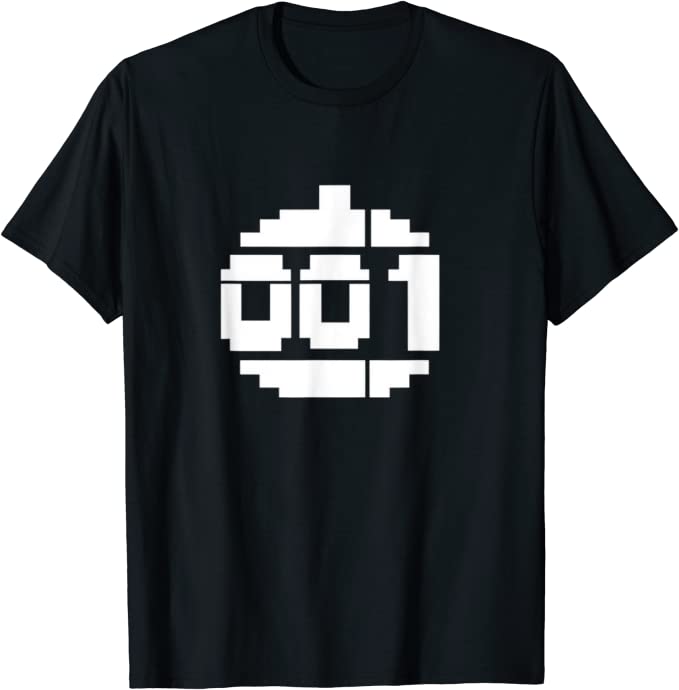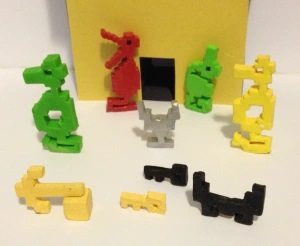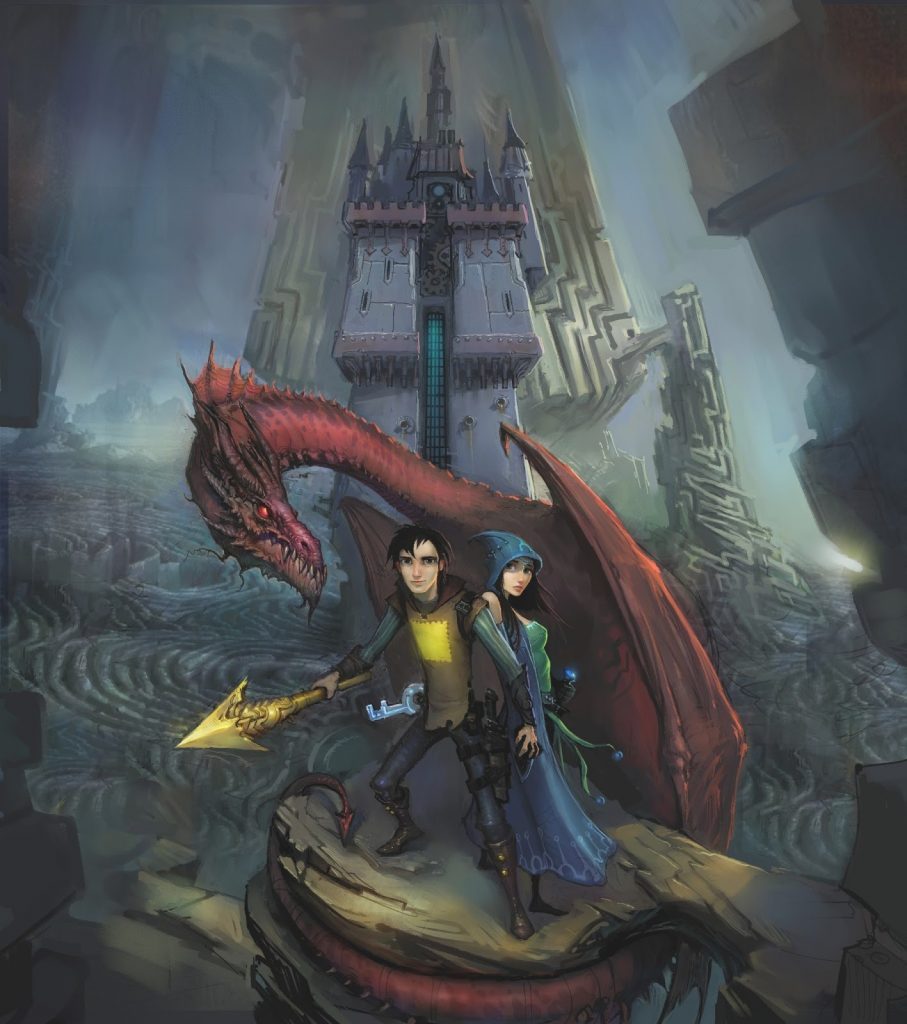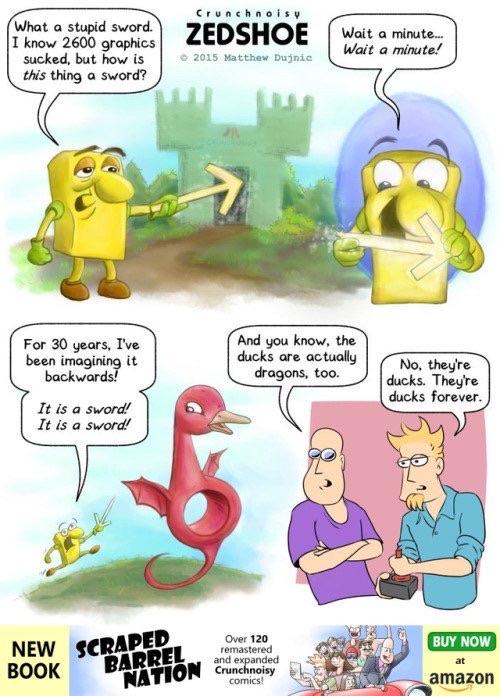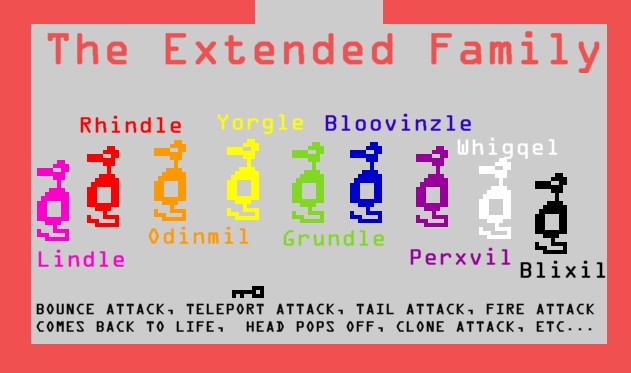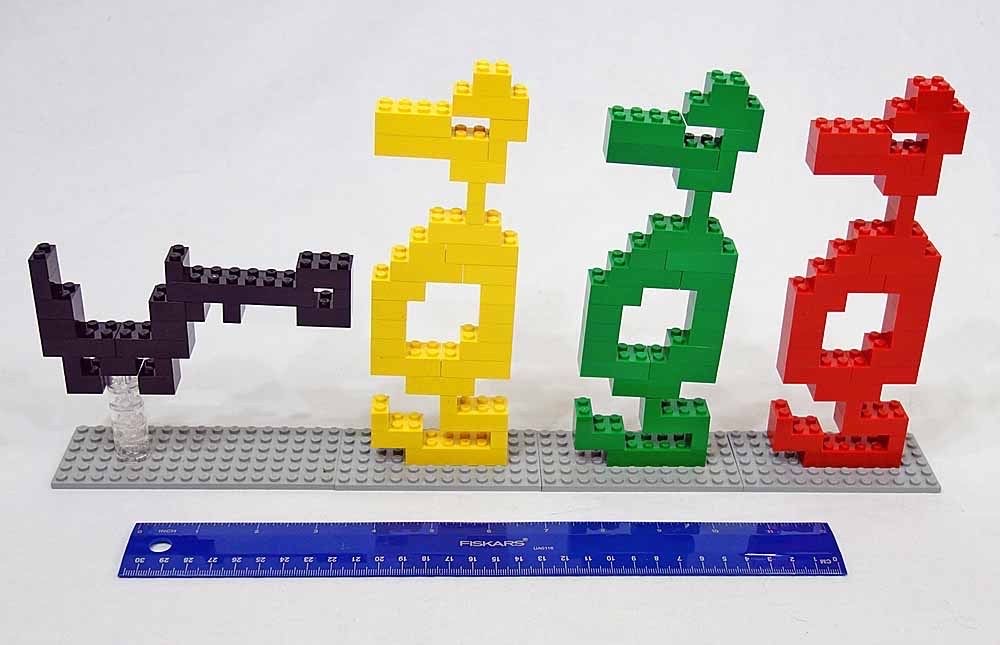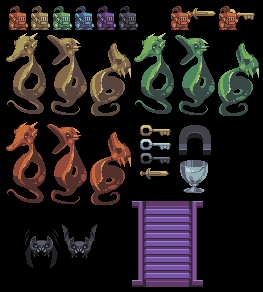1985.
The midway point of the now legendary 1980s is known for its infectious pop culture and the rise of Video Games. This rise was powered by the third generation of Video Games plus the prominence of personal computers which was led by the Commodore 64.
The Commodore 64 was the most popular personal computer because it was affordable, had advanced graphics and sound, which allowed it to play outstanding games. The irony is that people justified buying personal computers for productivity or educational purposes but mostly played games on them. The C64 was uniquely popular across both North America and Europe whereas the Apple II and Radio Shack computers were confined to North American while Sinclair computers stayed in Europe.
The C64 was released in 1982 and was produced up to 1994, selling approximately 17,000,000 units worldwide and is considered to be the most successful personal computer ever. [source] . Having such a huge install base meant that there was a vibrant software development community. Over 10,000 commercial titles were released for the C64 with games being the vast majority of those commercial titles. Paradroid was just one of those 10,000 titles.
Paradroid was released in 1985 and despite being released in the deep red sea of competitors it was quickly acknowledged to be a Video Game masterpiece. On the surface Paradroid looks like a standard top-down shooter where you shoot or get shot as you control a robot/droid and need to clear a series of levels. Yet developer Andrew Braybrook added some subversive elements that had not been done before.
Braybrook’s narrative design and coding implementation is what sets Paradroid apart from its contemporaries. Andrew tapped in to the 1980s zeitgeist using it as a backdrop that informed and then reinforced the gameplay. The robots in Paradroid communicate with each other, just as we expect them to do now, which would naturally lead to them then controlling one another. Narratively designing virus takeover and robots taking over humans coupled with intense challenge, made Paradroid a critical and consumer darling with a style of fun that stood out. In recognition for Paradroid, Braybrook was voted Best Programmer of the Year 1986 at the Golden Joystick Awards.[source]
Following his game development career, Braybook worked from 1998 to 2016 as a senior software developer for Eurobase International. Since then he has worked as a freelance writer, programmer, and game designer.[source]
| Game Title (written, designed, contributed) | Year |
| Virocop | 1995 |
| Empire Soccer 94 | 1994 |
| Uridium 2 | 1993 |
| Fire & Ice | 1992 |
| Realms | 1992 |
| Paradroid 90 | 1990 |
| Rainbow Islands | 1990 |
| Simulcra | 1990 |
| Intensity | 1988 |
| Morpheus | 1987 |
| Quazatron | 1986 |
| Alleykat | 1986 |
| Uridium | 1986 |
| Paradroid | 1985 |
| Gribbly’s Day Out | 1985 |
| 3D Lunattack | 1984 |
| 3D Seiddab Attack | 1984 |
| 3D Space Wars | 1984 |
Subversive Fun
Paradroid tells the story of how a space fleet of Robo-Freighters turn against its human crew to the distress of an unnamed fleet command. You are assigned a mission from fleet command to take control of Droid 001, the Influence Device, and use it to infiltrate and destroy the other droids on that rogue space fleet.
Each droid you encounter gets represented as a circle around a three-digit number. The numbers roughly correspond to the droid’s power level with the player starting with “001”, essentially the weakest droid. But Droid 001 has a critical power that makes the player unique as the player can assimilate the other droids encountered by taking them over. When done, the previous controlled droid is destroyed effectively passing player control from droid to droid.
Taking over a droid is done via a mini-game involving basic circuit diagrams and logic gates. Both opposing droid has one side of the screen, with a series of logic gates and circuits connected together. The droid which is supplying the most power to the circuit when the short time runs out wins. Using the logic gates and timing when to apply power made this mini-game a test of skill due to its challenge and elegance. When the player loses the mini-game, they then lose the droid they were piloting and if you are doing so as the default Influence Device, then its game over.
The spaceship you are trying to liberate has twenty decks, each with many rooms connected by doors and elevators. Braybook incorporated a line of sight effect as you can only see enemy droids that are not obstructed by walls or doors. The computer terminals found in various rooms provided access to maps of the current deck, the ship, and droid information.
With 24 different kinds of droids the diversity was not in the droids graphical representation but in their traits. The droid classes ranged from Influencer (your default droid) to Disposal to Servant to Crew to Security and all of the way to 999 Command Cyborg. The game possessed lots of variety in the maps as it came with eight freighters for you to liberate, each with their own maps of multiple floors and rooms.
Andrew Braybrook kept a public dev diary of the game development in magazine Zzap! 64 which provided remarkable insight into his thinking and challenges. Zzap! 64 published the first entry in July of 1985 and contained a short intro by Braybrook, followed by his earliest diary entries for the game.
Braybrook said in a couple of Retro Gamer interviews that the droid-swapping idea came from an arcade game, Front Line, where the player could enter a tank and had to leave it when it got hit.[source] Also that the cover of the Black Sabbath album Technical Ecstasy influenced him, where two droids “interfacing” can be observed. The movie Aliens and its spaceship’s corridors provided the visual inspiration for Paradroid’s ships. Braybrook was as eclectic in his influences (video game, movie, music) as he was brilliant.
Video Games, Articles, and More
Paradroid (1985) is emulated to be web playable
Paradroid play thru so you can watch Paradroid in action
Quazatron (1986)
Ranarama (1987) is a fantasy themed Paradroid
Paradoid 90 (1990)
Project Paradroid (2004)
FreedroidClassic (2003)
Paradroid (Remake) (2006)
Freedroid (2018) for Android phones
FreeDroidRPG (2019) is Paradroid made into a RPG
PSG Paradroid (2019) is a dev diary of an upcoming game
Picodroid (2021)
Zzap! 64 Reprint of Andrew Braybrook’s 1985 diary
RetroGamer Dev Profile of Andrew Braybook
Paradroid – Cane and Rinse No.372 Podcast
How Paradroid relates to Heropath
Compared to Adventure, Paradroid came out allot later (1985 vs 1979) and the game development industry had radically changed during that time with more raw power being available to developers that was cutting edge at the time, yet tiny compared to present day’s power.
But it was not computing power that helped make Paradroid a masterpiece of design and challenge that I couldn’t recognize at the time. I barely played it in the 1980s because I had a pirated copy *cough* and did not understand how to take over the enemies. It was very hard and discouraging so I moved onto other games that were more forgiving.
So how can I be inspired by a game I barely played? It is Paradroid’s core mechanic of the player taking over the game’s other agents that is *the* core mechanic and plot point of Heropath. The biggest difference is that you won’t take over enemies (at least initially) but go between characters when one of them gets killed, which portrays the player’s spirit of switching heroes.
I heard enough about Paradroid, read about it, played the updated games, watched videos and I understand its brilliance. In Heropath, the Instill mechanic is going to be the critical aspect of the game. I just need to design and program a mini-game that rewards the player’s skill and conveys the narrative design of Instilling (possession) just like Paradroid did. I have some intriguing ideas that I’ll talk about in the future.
Paradroid also had a free-roaming quality to it though could not be called open world because there was so much danger lurking about. Yet you could go to whatever level or room you wanted but if you went to a place that had more powerful enemy droids then you had a lesser chance of surviving. Paradroid and Adventure were very different games that came out at different times, yet shared a core Playground Motif which will influence my design. I intend Heropath to a mashup of these two brilliant games.
You can see the development baby-steps of what I intend to do with Heropath through its demos. They are not much t0 look at but I’m brand new to coding and I am being fully transparent about my baby-step progress.
If you’d like to remain informed about Heropath’s development, please consider signing up for my newsletter. I promise I’ll send you very few emails, and they will be only about new posts to this blog (one or two a month at most) which will include updates about the game or my thoughts on game development.
Subscribe to our newsletter!


